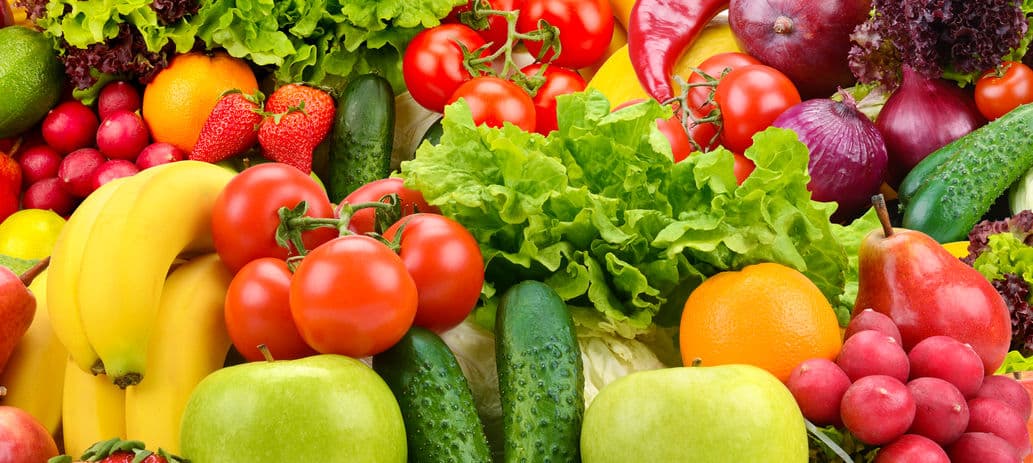By John Salak –
When it comes to fruits and vegetables, five-a-day is definitely the way to go. In fact, the American Heart Association’s flagship publication, Circulation, just reported that chowing down on five daily servings of fresh fruit and seasonal vegetables is a ticket to a healthier and longer life.
The association underscored its conclusions via studies on nearly 2 million adults worldwide that demonstrated the benefits of fruit, green vegetables and seasonal produce. It noted that diets loaded with fruits and vegetables can lower the risk for numerous chronic health conditions that can lead to death, including cardiovascular disease and cancer.
Unfortunately, despite the obvious benefits of munching down on various types of fruits and veg, only one in ten American adults consume their recommended five-a-day share, reports the U.S. Centers for Disease Control and Prevention.
More consumer guidance apparently is needed, explained the study’s lead author, Dr. Dong D. Wang, an epidemiologist, nutritionist and a member of the medical faculty at Harvard Medical School.
“While groups like the American Heart Association recommend four to five servings each of fruits and vegetables daily, consumers likely get inconsistent messages about what defines optimal daily intake of fruits and vegetables such as the recommended amount, and which foods to include and avoid,” he said.
Wang and colleagues review of data from almost 2 million people found that five daily servings of fruits and vegetables was the optimal amount for lowering an individual’s risk of death. Increasing the amount of serves from an extended list of fruits and vegetables didn’t yield any additional benefits.
Lower fruit and vegetable intake, however, clearly increased a person’s risk. For example, individuals who consumed five portions of fruit and vegetables daily, compared to people who consumed just two, saw their overall risk of death decline by 13 percent. They also had a 12 percent lower risk of death from cardiovascular disease; a 10 percent lower risk of death from cancer; and a 35 percent lower risk of death from respiratory disease.
Yet not all fruits and vegetables offer the same benefits, and the mix balance between fruit and vegetables matter. The optimal balance is two serving daily of fruit and three of vegetables. Beyond this, consuming starchy vegetables, such as peas and corn, fruit juices and potatoes, didn’t do much to lower an individual’s risk of death.
“This amount, five-a-day, likely offers the most benefit in terms of prevention of major chronic disease and is a relatively achievable intake for the general public,” Wang added. “We also found that not all fruits and vegetables offer the same degree of benefit, even though current dietary recommendations generally treat all types of fruits and vegetables, including starchy vegetables, fruit juices and potatoes, the same.”
The list of veggies to focus on includes green leafy vegetables, including spinach, lettuce and kale and carrots, many of which are high in beta carotene and Vitamin C. The healthiest fruits to lean into include oranges, grapefruit, tangerines and other citrus fruits as well as various berries.
Noting that “at least half your plate with fruits and vegetables at each meal,” Dr. Anne Thorndike, chair of the association’s nutrition committee, added that the association’s work underscores the lifelong benefits of eating fruits and vegetables. “Fruits and vegetables are naturally packaged sources of nutrients that can be included in most meals and snacks, and they are essential for keeping our hearts and bodies healthy,” she explained.













